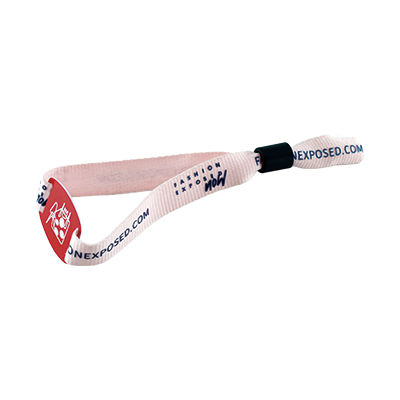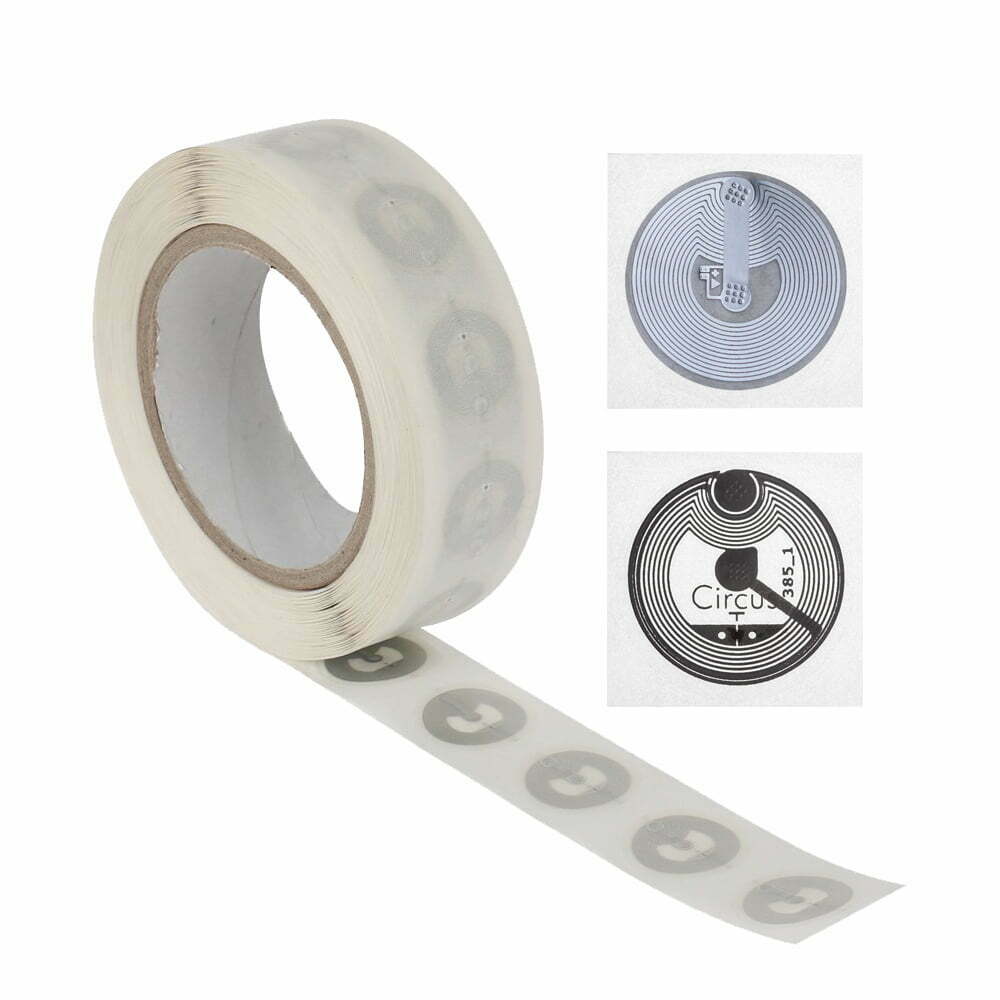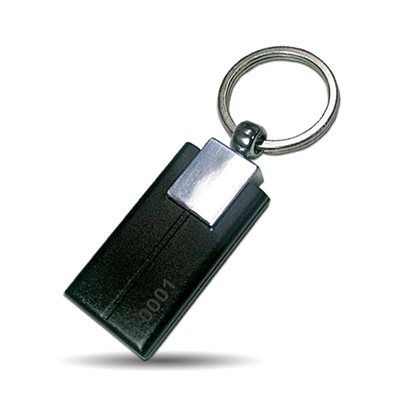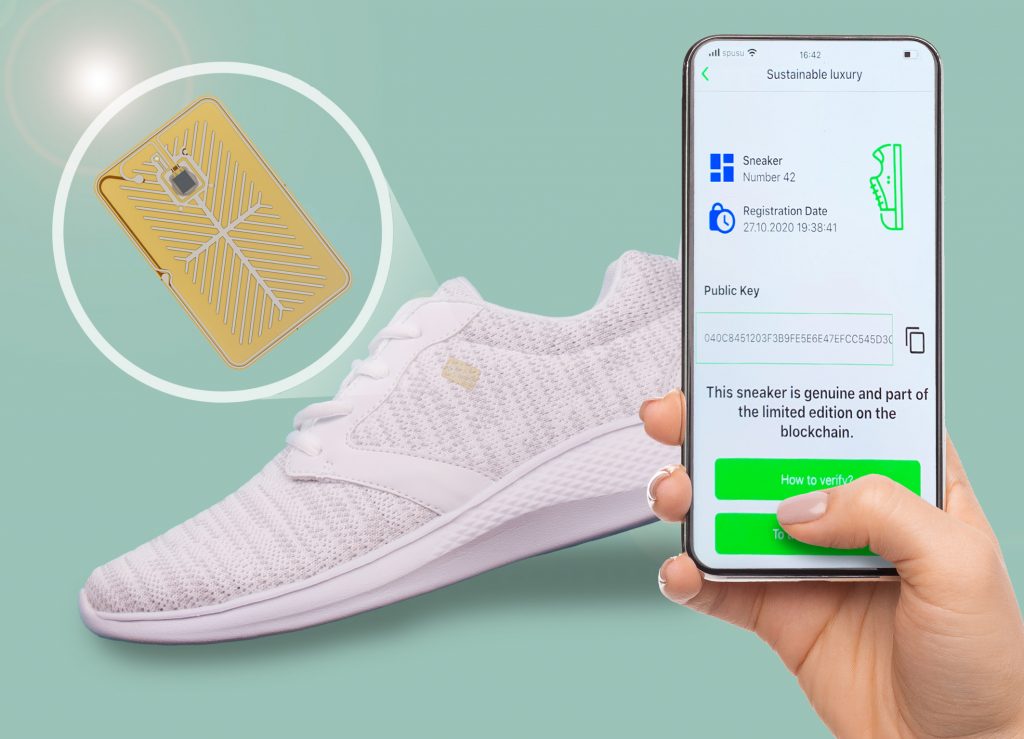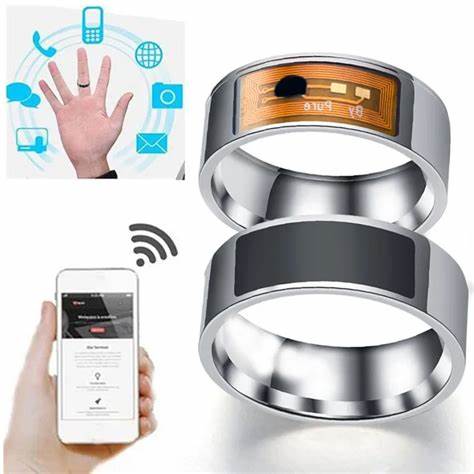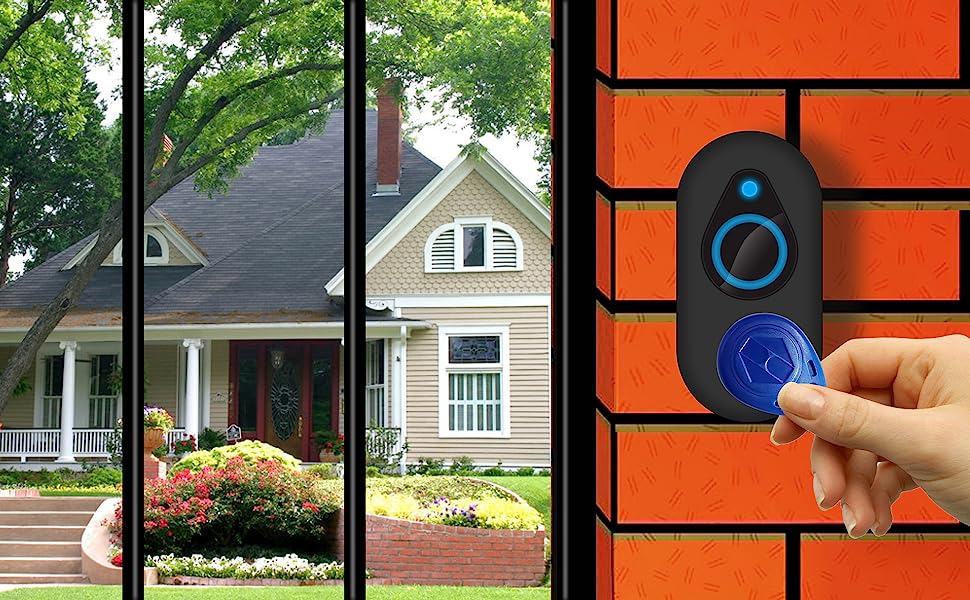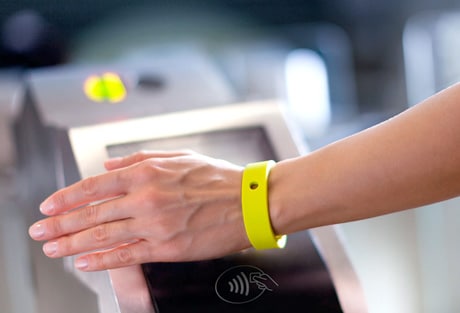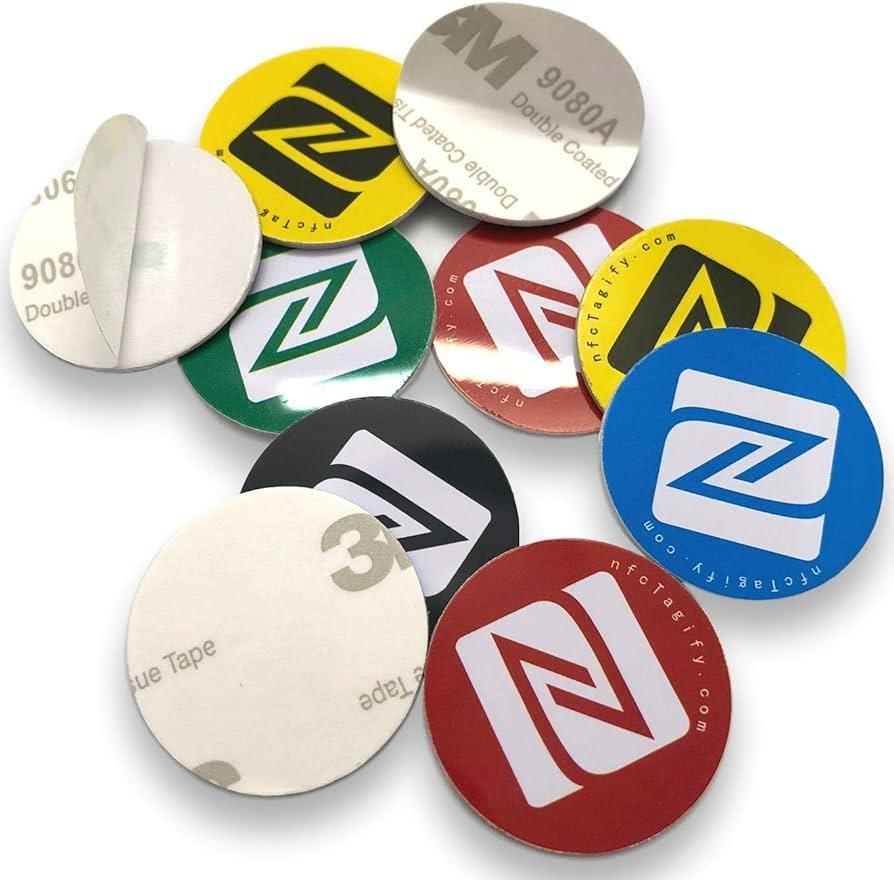
Par 2025, there will be more than 75 billion IoT devices in operation worldwide, powering everything from smart factories to HVAC systems. Cependant, managing these devices remains a bottleneck: about 43% of businesses cite device configuration complexity and maintenance inefficiencies as the biggest barriers to IOT adoption.
NFC (Communication en champ proche) tags are becoming a game-changer, providing a frictionless way to onboard, update, and troubleshoot the IoT ecosystem. With a single touch, technicians can bypass clunky Bluetooth pairing, automatically roll out firmware, and dramatically reduce maintenance costs.
Below, we’ll break down the technical benefits, real-world ROI, and integration best practices of NFC.
Contactless device configuration: Tap instead of Bluetooth pairing
Issue: Bluetooth/Wi-Fi setup requires manual credential entry, taking an average of 12 minutes per device. In large-scale deployments, this can delay time-to-value by weeks.
NFC solution: Embed Balises NFC into IoT hardware (sensors, actuators, gateways). During setup, the technician taps an NFC-enabled phone:
- the Wi-Fi/cloud credential is automatically injected
- Assign a unique device ID
- Pre-configure geolocation data
Technical advantages: NFC’s 13.56 MHz frequency ensures zero interference with IoT operating bands (Par exemple, LoRaWAN, Zigbee).
Case in point: Siemens reduced smart meter deployment time by 65% by replacing QR codes with Balises NFC in a UK pilot.
One-click firmware updates: Eliminate downtime in smart factories
Issue: Manually updating more than 10,000 devices could cause production to pause. In high-interference environments, over-the-air (OTA) updates fail 8% (IEEE IoT Journal).
NFC fix: Tags are programmed to trigger an update workflow when scanned:
- Fetch the latest firmware from the Edge Server (bypassing cloud latency)
- verify the checksum before installation
- Automatically record the status of updates in the asset management system
Pro tip: Use a rewritable NFC tag (NTAG 216) to store firmware version history and enable rollback without network access.
Instant diagnostics: Resolve IoT failures in less than 90 seconds
Problem: 62% of equipment failures in smart buildings are due to sensor calibration drift (McKinsey). Traditional commissioning requires dismantling of the equipment.
NFC solution: Store the last 30 days of operating data (temperature, error codes, battery level) on the tag. Technician click away:
- Export diagnostic results to CSV/JSON without powering the device
- Compare real-time metrics to baseline metrics
- Generate a repair order with pre-populated fault details
Étude de cas: A smart office in Munich reduces HVAC maintenance time by 300 hours/year by adopting an NFC-enabled CO2 sensor.
Technology architecture: How NFC fits into the IoT ecosystem
NFC + IoT architecture diagram
Key Components:
- Étiquette NFC (Taper 5): Stores 2 KB of data (OIN 15693 standard) and can be used at temperatures from -25°C to 85°C.
- Mobile App: Android/iOS SDK for reading/writing tags.
- Edge gateway: Handle NFC-triggered workflows locally.
- Cloud platform: Synchronize device status between dashboards.
NFC turns every IoT device into a self-documenting, field-service-ready asset. As industrial IoT scales, touchless management isn’t just convenient—it’s a competitive necessity.



